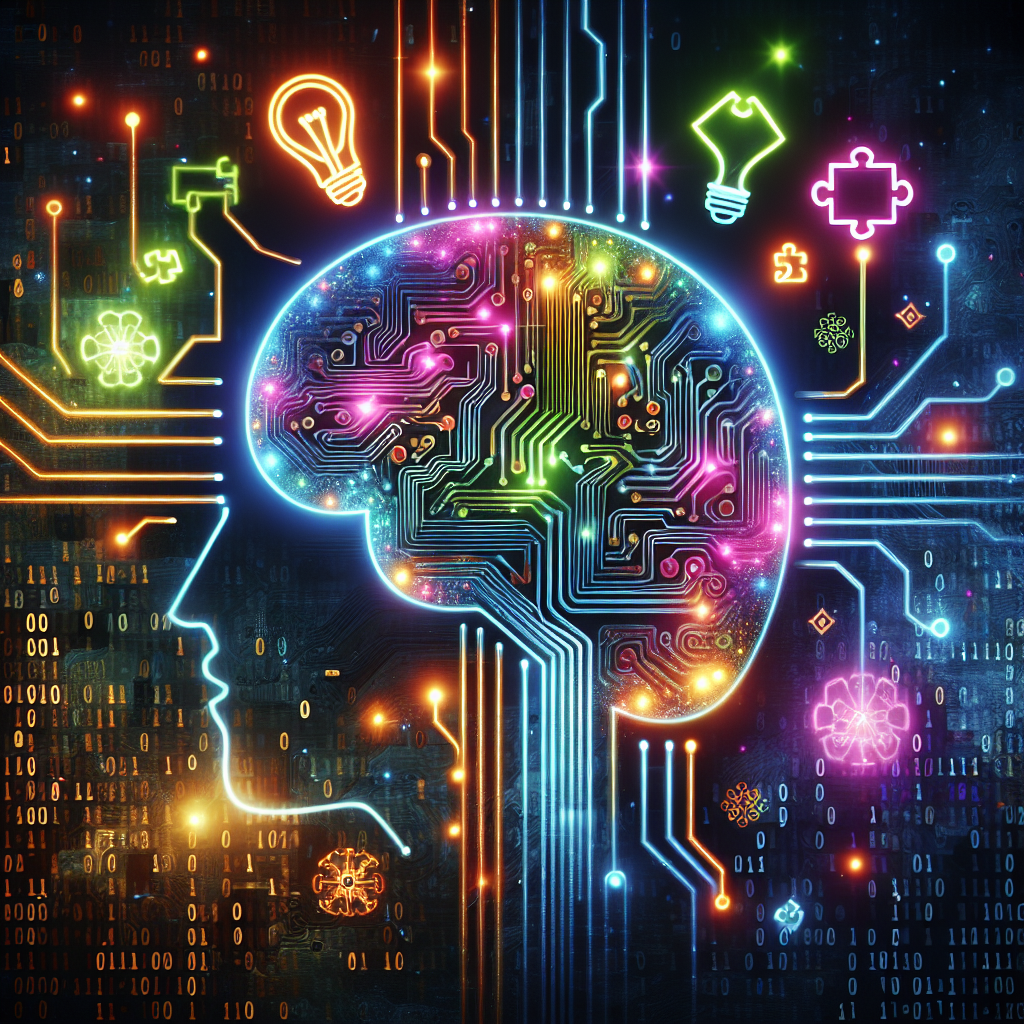In today’s fast-paced world, businesses are constantly facing new challenges and problems that require creative solutions. Traditional problem-solving methods may not always be effective in finding innovative solutions to complex issues. This is where artificial intelligence (AI) comes into play.
AI has the potential to revolutionize the way businesses approach problem-solving by providing insights and suggestions that humans may not have thought of. Leveraging AI for creative problem-solving can help businesses streamline processes, enhance decision-making, and ultimately drive success.
What is AI?
AI refers to the simulation of human intelligence processes by machines, such as learning, reasoning, and self-correction. AI technologies can analyze vast amounts of data, recognize patterns, and make decisions based on that information. This makes AI a powerful tool for problem-solving, as it can quickly generate solutions based on data-driven insights.
How can AI be leveraged for creative problem-solving?
There are several ways in which AI can be used to enhance creative problem-solving in businesses:
1. Data analysis: AI can analyze large datasets to identify patterns and correlations that humans may not be able to see. By analyzing data from various sources, AI can provide insights that can help businesses make informed decisions and solve complex problems.
2. Predictive modeling: AI can use historical data to predict future outcomes and trends. By leveraging predictive modeling, businesses can anticipate potential problems and develop proactive solutions before they arise.
3. Natural language processing: AI technologies such as natural language processing (NLP) can analyze and interpret human language. This can be used to understand customer feedback, identify trends, and generate new ideas for problem-solving.
4. Machine learning: Machine learning algorithms can be trained to recognize patterns and make predictions based on historical data. By leveraging machine learning, businesses can automate repetitive tasks, optimize processes, and generate creative solutions to complex problems.
5. Cognitive computing: Cognitive computing systems can mimic human thought processes to make decisions and solve problems. By combining AI technologies with cognitive computing, businesses can enhance their problem-solving capabilities and generate innovative solutions.
Case study: Leveraging AI for creative problem-solving
One example of a company that has successfully leveraged AI for creative problem-solving is Netflix. Netflix uses AI algorithms to analyze user data and preferences to recommend personalized content to its subscribers. By leveraging AI, Netflix has been able to enhance the user experience, increase customer satisfaction, and drive engagement on its platform.
Netflix’s AI algorithms analyze user viewing habits, ratings, and preferences to generate personalized recommendations. This not only helps users discover new content that they may enjoy but also enables Netflix to optimize its content library and drive customer retention.
By leveraging AI for creative problem-solving, Netflix has been able to stay ahead of the competition, attract new subscribers, and drive business growth. This demonstrates the power of AI in transforming problem-solving processes and driving innovation in businesses.
FAQs
Q: How can businesses implement AI for creative problem-solving?
A: Businesses can implement AI for creative problem-solving by first identifying the problem they want to solve and the data sources available to them. They can then choose AI technologies such as data analysis, predictive modeling, natural language processing, machine learning, or cognitive computing to generate insights and solutions. It is important to collaborate with AI experts and data scientists to develop and implement AI solutions effectively.
Q: What are the benefits of leveraging AI for creative problem-solving?
A: Leveraging AI for creative problem-solving can help businesses streamline processes, enhance decision-making, and drive innovation. AI technologies can analyze data, recognize patterns, and generate insights that humans may not have thought of. By leveraging AI, businesses can optimize operations, improve customer experiences, and stay ahead of the competition.
Q: Are there any risks associated with using AI for creative problem-solving?
A: While AI can provide valuable insights and solutions, there are risks associated with using AI for creative problem-solving. These risks include data privacy concerns, bias in AI algorithms, and the potential for AI to make errors or misinterpret data. It is important for businesses to implement AI solutions responsibly and ethically to mitigate these risks.
In conclusion, leveraging AI for creative problem-solving can help businesses drive innovation, optimize processes, and enhance decision-making. By harnessing the power of AI technologies such as data analysis, predictive modeling, natural language processing, machine learning, and cognitive computing, businesses can generate innovative solutions to complex problems. It is important for businesses to collaborate with AI experts and data scientists to develop and implement AI solutions effectively. By doing so, businesses can stay ahead of the competition, attract new customers, and drive business growth in today’s rapidly evolving landscape.

